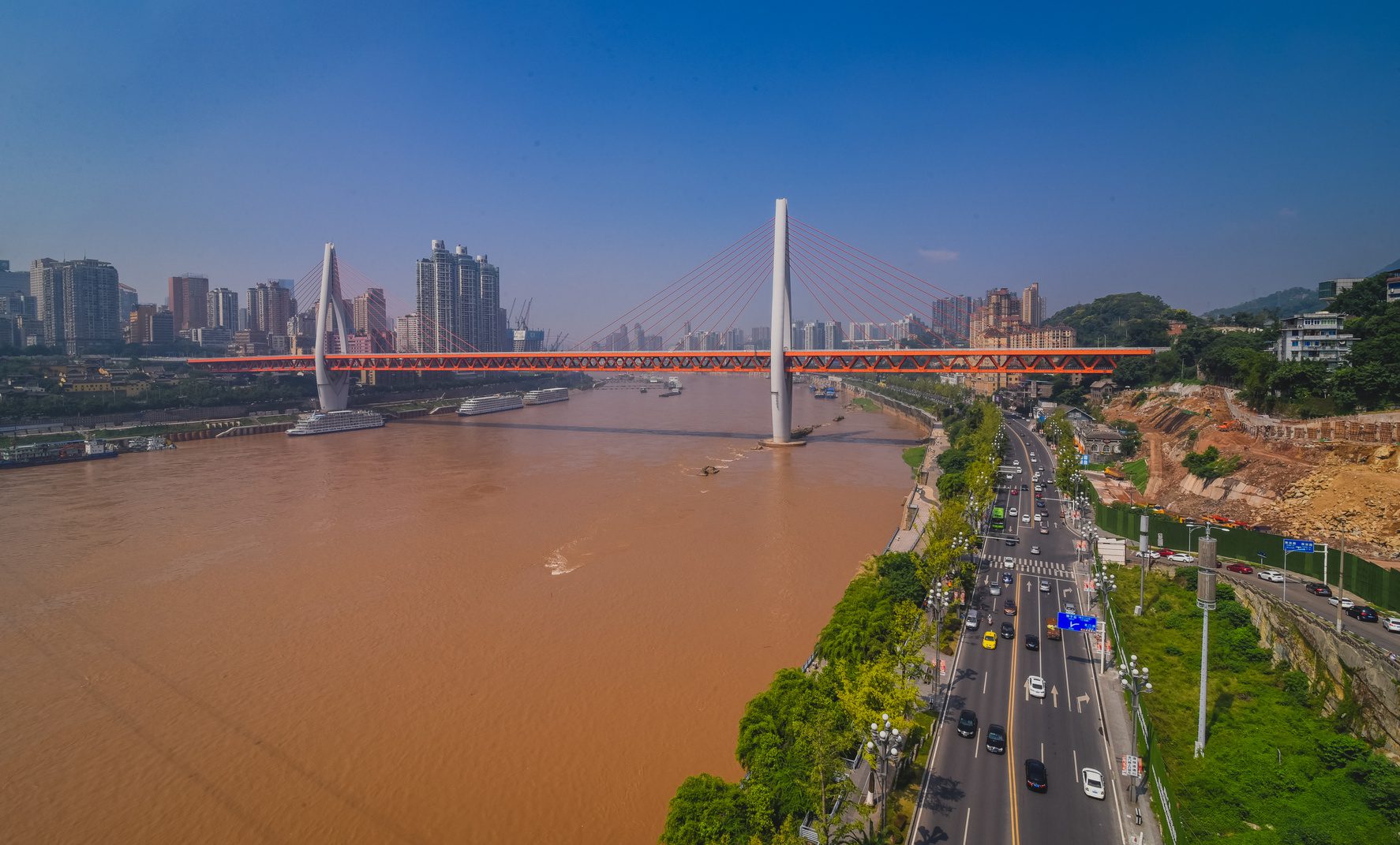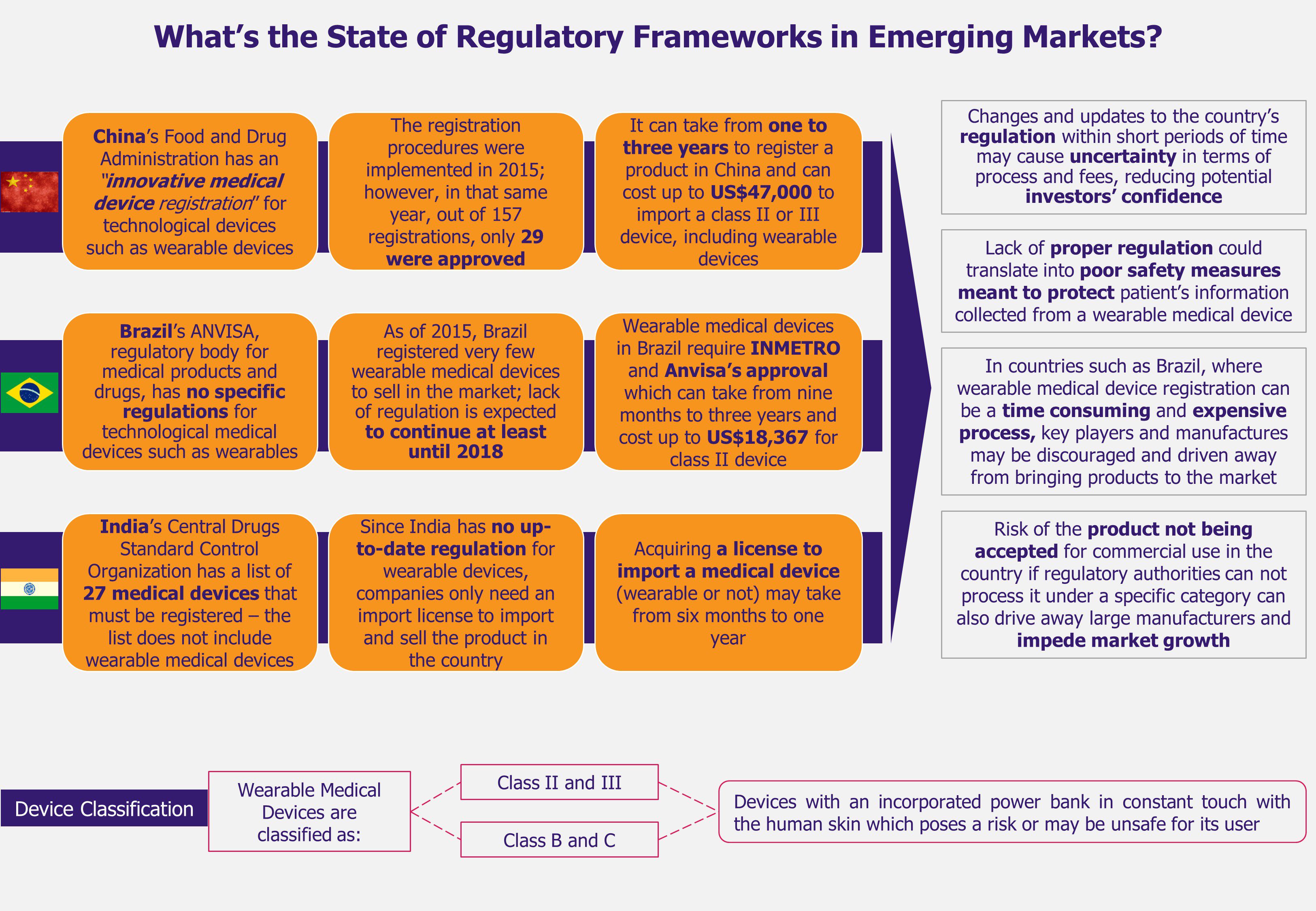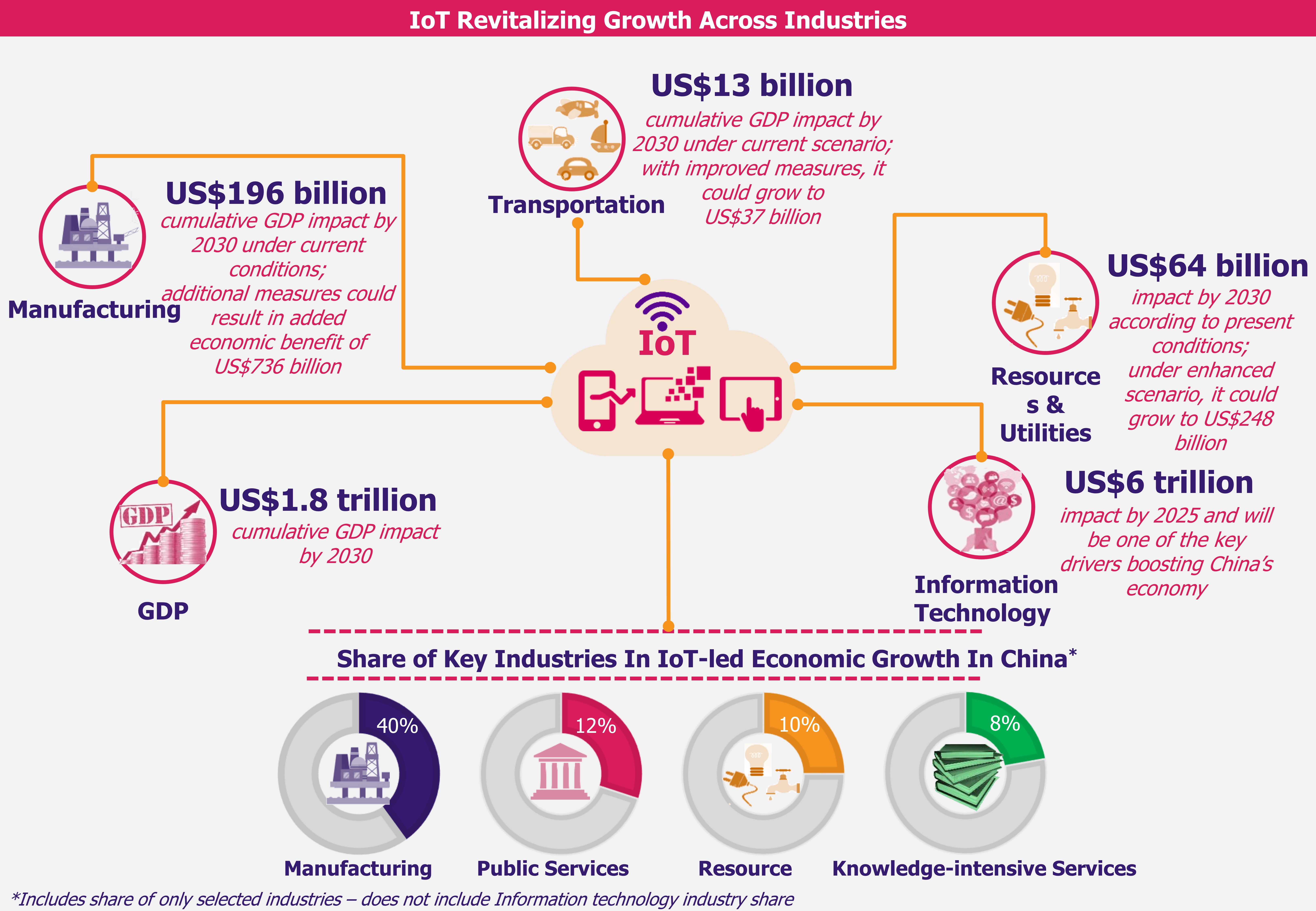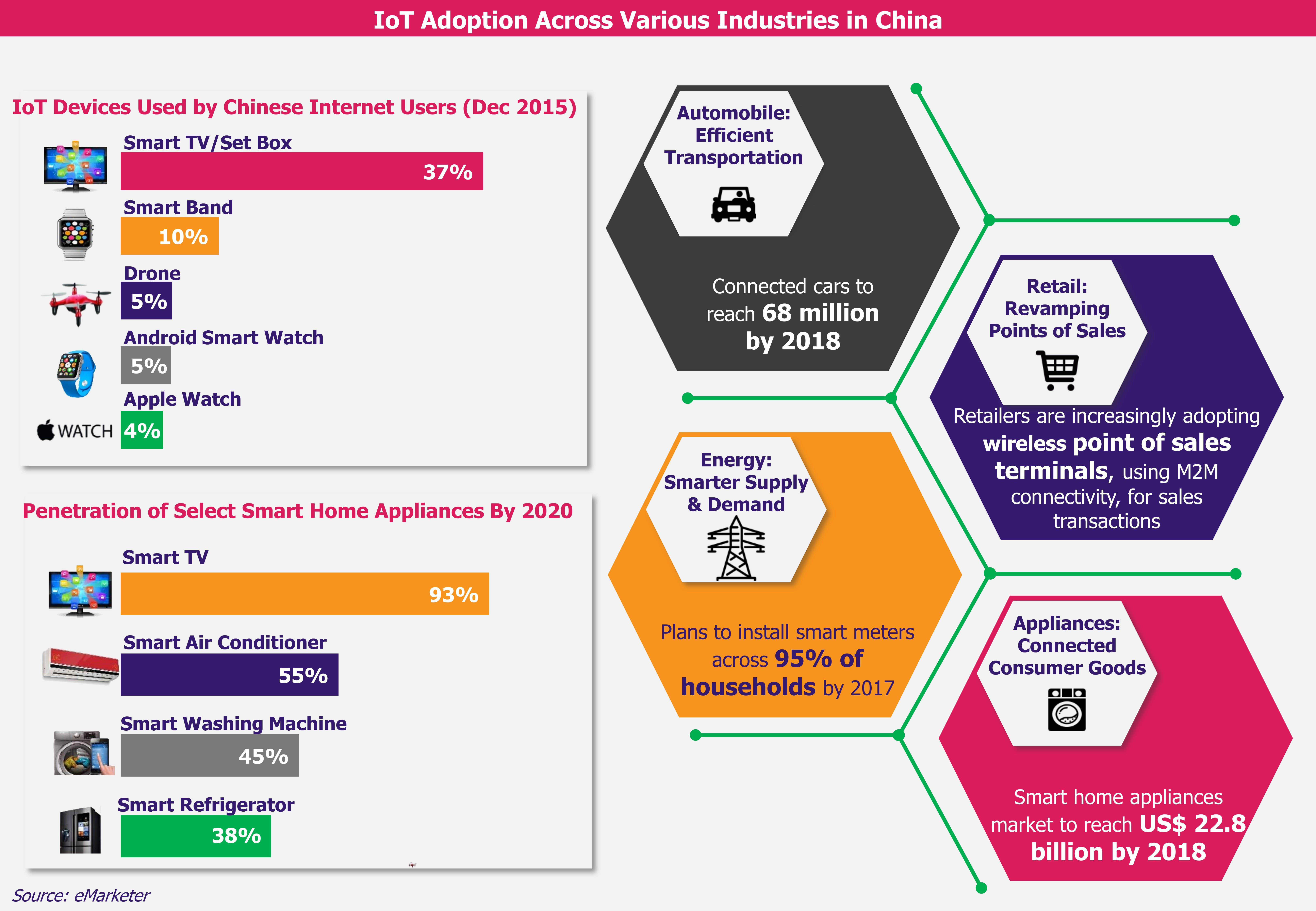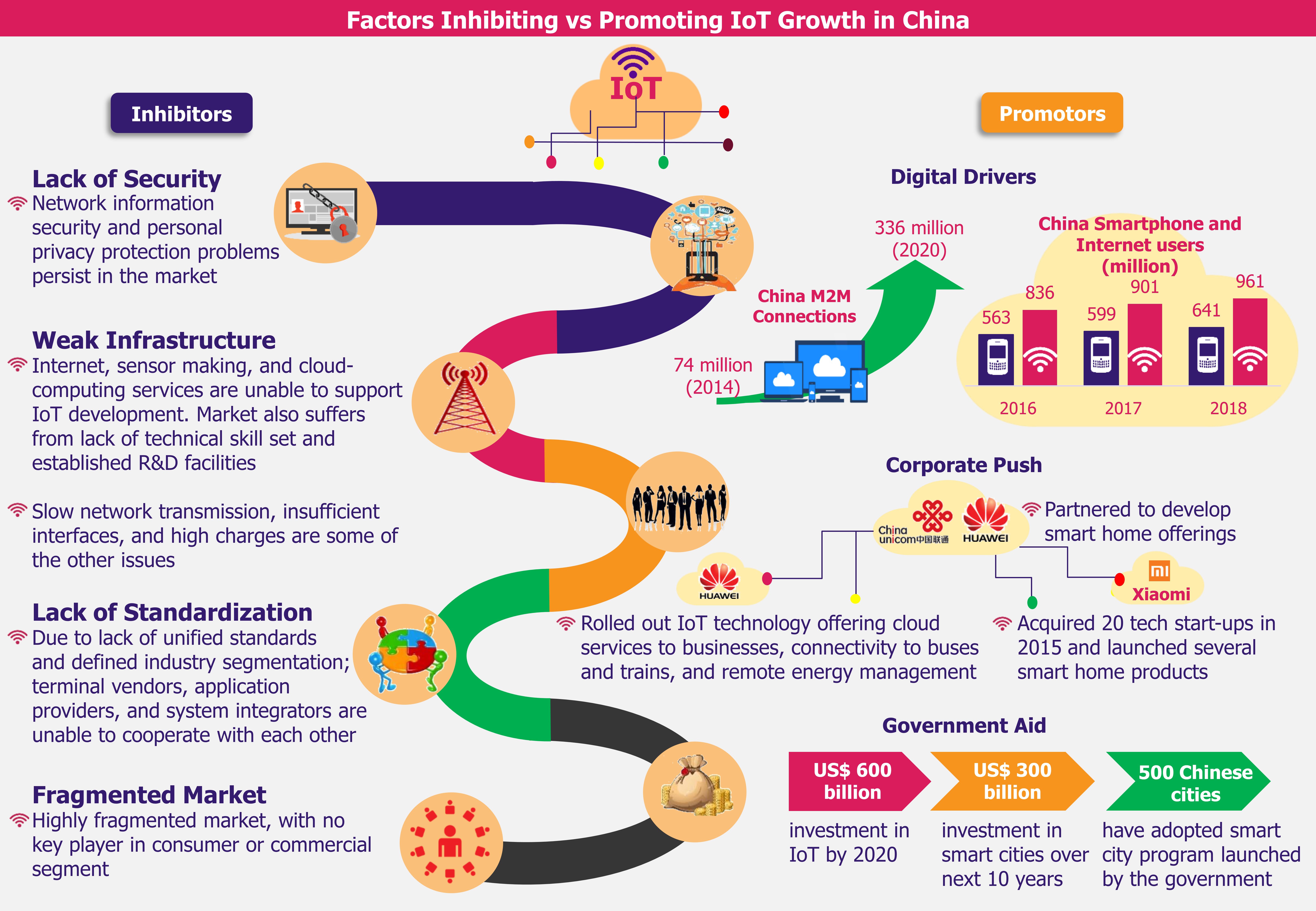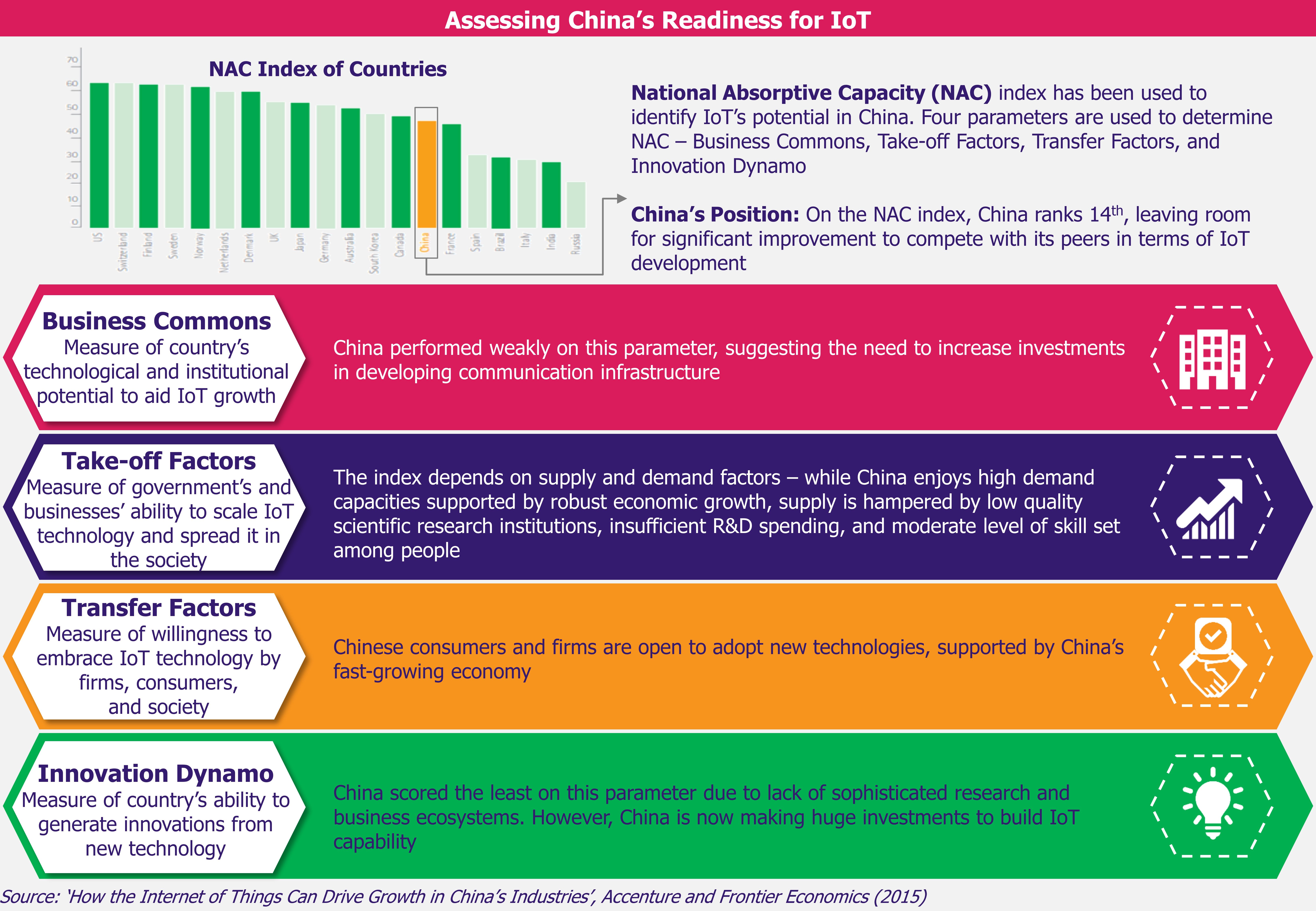Donald Trump commenced his presidency by announcing ‘America First’ policy, thus casting a dark shadow on trade and exports from other countries to the USA. Trump’s protectionist and neo-isolation policies are accepted with gritted teeth across the world, particularly by the USA’s southern neighbors. The renegotiation of trade treaties, more stringent migration policies, as well as strong focus on encouraging domestic industrialization by pruning imports might contribute to a slowdown in economic growth of a few Latin American countries. The policies set by the new president may result in economic malaise across Latin America, where people are uncertain and apprehensive towards the alarming strategies laid down by the USA.
While the degree of economic and trade impact will vary across LATAM countries, the strongest distress is likely to be witnessed across Cuba, Mexico, and Venezuela. On the other hand, Brazil might partially benefit, while the impact is unlikely to be significant on other larger economies such as Argentina or Chile.
The wall between Mexico and the USA
Mexico is facing the worst of Trump’s wrath. The country is highly dependent on the USA for trade – most importantly for duty free exports. These are likely to witness a tremendous setback with Trump imposing 20% import tax on goods from Mexico to finance a wall that he intends to build to safeguard USA’s border from illegal immigrants.
Renegotiation of the North American Free Trade Agreement (NAFTA) and withdrawal from the Trans-Pacific Partnership will further tarnish Mexico’s trade with the USA. Trump intends to renegotiate terms of NAFTA, focusing mainly on moving away from the zero trade barrier policy. By imposing tariffs on imports from Mexico, the cost of goods will increase as they enter the USA, which is likely to boost domestic production of those goods, but it will surely have a negative impact on Mexican production. Another key driver for Trump’s plans to put a break on Mexican imports is the concern over trade deficit that the USA faces with Mexico – approximately, US$ 50 billion in 2015. Hence, Trump wants to encourage domestic production to reduce imports from Mexico.
Further, Trump’s administration has also endangered billions dollars of remittances, one of the largest sources of foreign capital in Mexico, received from Mexican citizens working in the USA. Trump has threatened to tax the remittance transfers if Mexico does not support the trade and immigration limitations imposed by the USA.
Another major issue is the possibility of implementation of strict migration policies which can result in deportation of millions of undocumented migrants, most of them being Mexicans. Several other countries such as Haiti, Dominican Republic, El Salvador, Guatemala, Honduras, and Cuba also stand to suffer due to the change in migration policies. Mass deportation will increase unemployment in these migrants’ home countries and reduce remittances in foreign currency.
Amid the USA-Mexico tension, the Mexican peso has already witnessed a slump, almost nearing its all-time low – declined by 5% since the beginning of 2017 and by 20% since Trump came into power.
Trump’s crackdown on Cuba
The relationship between Cuba and the USA is predicted to get frosty under Trump’s administration. Cuba has struggled for several years under the USA-imposed isolation until president Obama negotiated to re-establish diplomatic relationship between these two countries. However, in his campaign, Trump threatened to reverse the restated diplomatic relationship – including easing of travel and remittances between Cuba and the USA – if Cuba does not agree to a “better deal” which Trump left undefined. Moreover, the US president has announced that he was against the Cuban Adjustment Act, which permits any Cuban, who reaches the USA to stay there legally and apply for residency.
Venezuela, not far from Trump’s radar
Trump has already turned hostile towards Venezuela considering the recent sanction imposed by his administration in February 2017 on the Vice President Tareck El Aissami, accusing him of playing a significant role in international drug trafficking. Relationship between these two countries has already turned sour amidst the deep economic and political crisis that exists in Venezuela.
Further, Venezuela’s oil exports to the USA might suffer due to Trump’s decision to revive the Dakota Access Pipeline – an oil pipeline project that can reduce country’s need to import crude oil. Presently, Venezuela exports 792,000 barrels a day of its crude oil or 38% of total crude exports to the USA, and any additional access to oil for the USA could have a deep impact on Venezuela’s oil exports.
Trump could be good news for Brazil
It appears that the only silver lining for Latin America, while Trump hovers with his protectionist policies, is Brazil’s opportunity to strengthen its ties with Pacific and European nations. Brazil’s Minister of Foreign Trade predicts new trade opportunities for Brazil, as the country aims to expand trading relations with other countries, while the USA withdraws and renegotiates key trade agreements. Moreover, Brazil (as a member of Mercosur – consisting of Argentina, Brazil, Paraguay, and Uruguay) is already pursuing free trade agreement with the European Union, with next round of negotiations lined up for March 2017.
However, a few setbacks that Brazil could suffer include deportation of many of the 1.3 million Brazilians immigrants living in the USA, whose stay in the USA remains undocumented. The deportation is likely to adversely impact the remittances received by Brazil. Further, Trump’s focus on implementing higher import tariffs is likely to impact the Brazilian exports to the USA – approximately 13% of Brazilian exports are directed to the USA.
EOS Perspective
USA’s withdrawal from Trans-Pacific Partnership and aim to renegotiate NAFTA is driving Latin American countries to break dependence on the USA, establishing friendly trade relations with other countries and strengthening intra-regional ties. Latin American countries are focusing to redirect trade and investment towards countries such as China and Russia, as well as Europe and Africa.
China is already a key trading partner for Latin America – with trade between the two regions growing from US$ 13 billion in 2000 to US$ 262 billion in 2013 – and USA’s withdrawal from Trans-Pacific Partnership is likely to further deepen the ties between them. China aims to increase investment and trade in LATAM to US$ 250 billion and US$ 500 billion, respectively, by 2025.
China is moving swiftly to strengthen relationship with Latin American countries. Soon after Trump’s win, the Chinese President visited LATAM aiming to deepen economic cooperation, and to promote social and economic development in the region. During the visit, Ecuador and China agreed to a new economic Free Trade Agreement, focused to grow production and investment across energy, infrastructure, and agriculture sectors. An extension of China-Peru free trade agreement was also signed to promote bilateral trade and investment between the two countries. A closer association between China and Latin America is likely to reduce USA’s dominance and supremacy in the region.
Further, with USA’s plans to increase import tariffs, Latin American countries are slowly focusing on expanding intra-regional trading relationships, which till now have not been developed to their full potential due to dependence on the USA for trade and exports. Present circumstances are optimal to slowly start building an intra-regional trade force in Latin America, and the region’s countries should work towards strengthening existing trade and integration blocs, such as the Union of South American Nations (UNASUR) and the Community of Latin American and Caribbean States (CELAC).
Trump’s policies are likely to have a diverse impact on different Latin American countries. The region has already slowly started forging new trading relationships to reduce dependence on the USA, which proves that LATAM might be able to divert the negative repercussions of USA’s new policies and turn them into new opportunities (at least to some extent).





